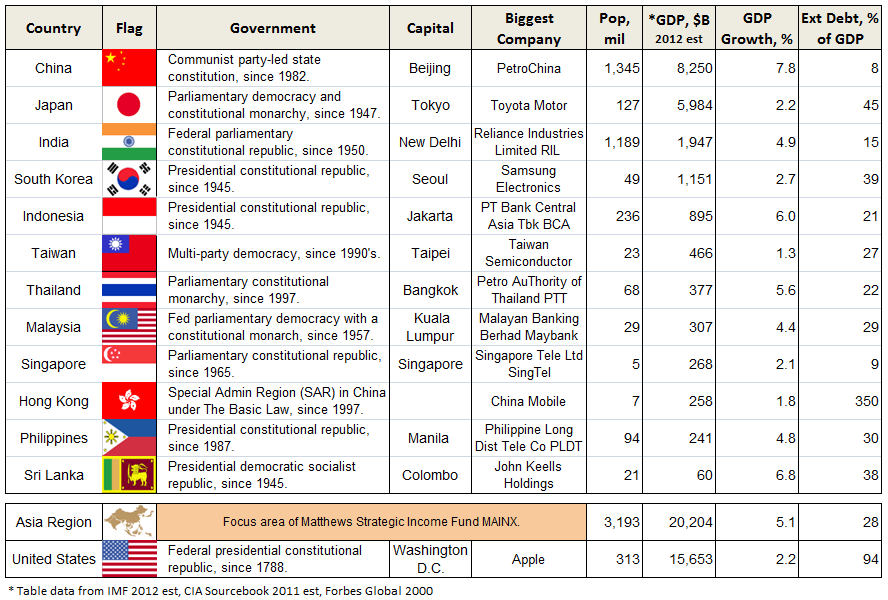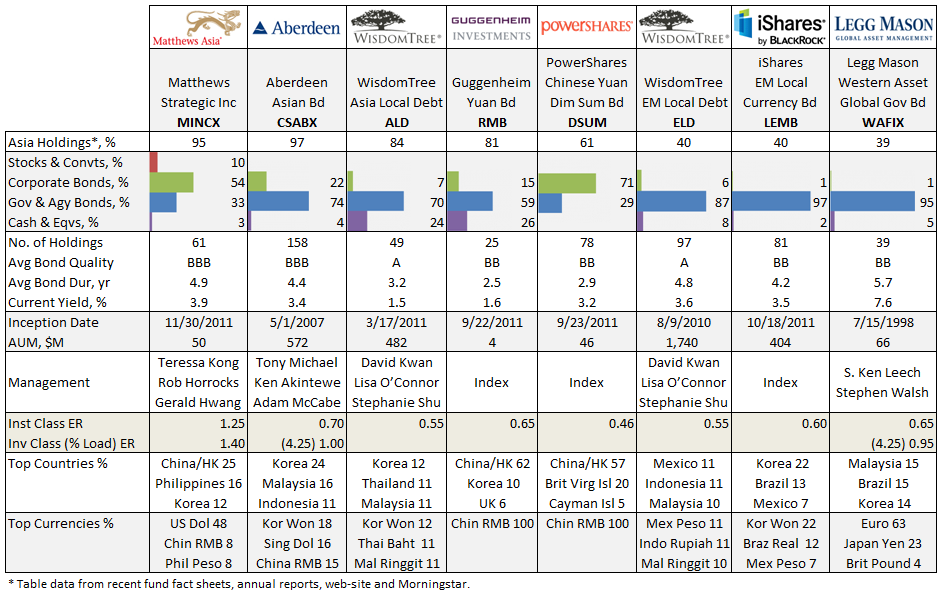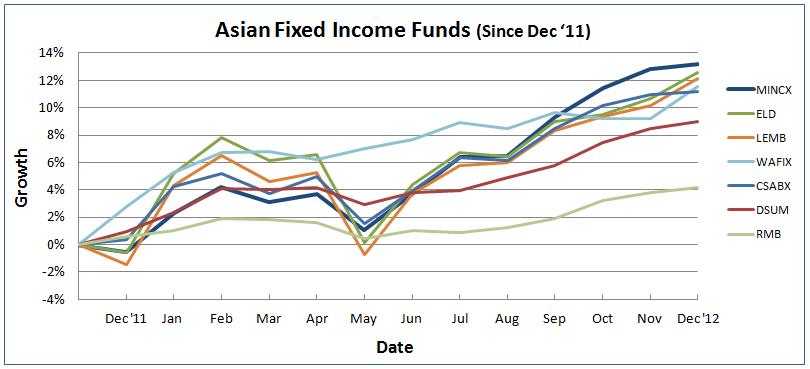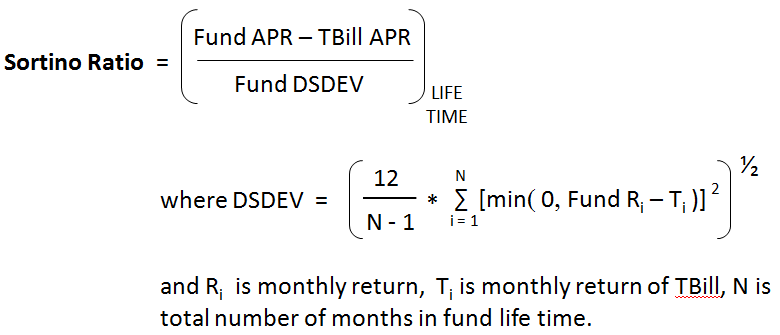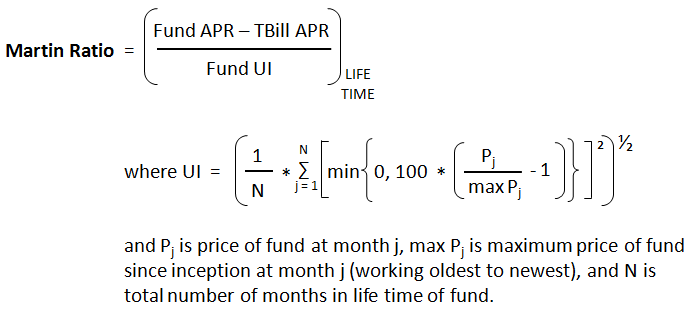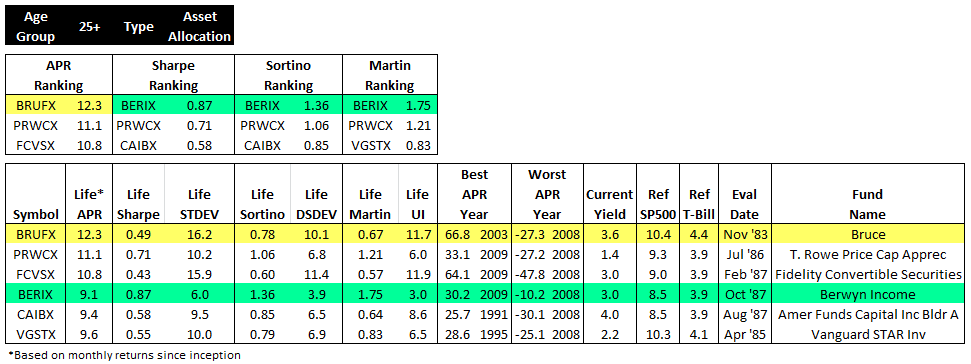The “D” share class originally profiled here was converted to “A” shares in 2018. Retail investors now pay a 2.25% front load for the shares
Objective and Strategy
The fund seeks to provide “maximum current income, consistent with daily liquidity.” The fund invests, primarily, in short-term investment grade debt. The average duration varies according to PIMCO’s assessment of market conditions, but will not normally exceed 18 months. The fund can invest in dollar-denominated debt from foreign issuers, with as much as 10% from the emerging markets, but it cannot invest in securities denominated in foreign currencies. The manager also has the freedom to use derivatives and, at a limited extent, to use credit default swaps and short sales.
Adviser
PIMCO. Famous for its fixed-income expertise and its $280 billion PIMCO Total Return Fund, PIMCO has emerged as one of the industry’s most innovative and successful firms across a wide array of asset classes and strategies. They advise the 84 PIMCO funds as well as a global array of private and institutional clients. As of December 31, 2012 they had $2 trillion in assets under management, $1.6 trillion in third party assets and 695 investment professionals.
Manager
Jerome Schneider. Mr. Schneider is an executive vice president in the Newport Beach office and head of the short-term and funding desk. Mr. Schneider also manages four other cash management funds for PIMCO and a variety of other accounts, with combined assets exceeding $74 billion. Prior to joining PIMCO in 2008, Mr. Schneider was a senior managing director with Bear Stearns.
Management’s Stake in the Fund
None. Mr. Schneider manages five cash management funds and has not invested a penny in any of them (as of the latest SAI, 7/31/12).
Opening date
May 31, 2012
Minimum investment
$1,000 for “D” shares, which is the class generally available no-load and NTF through various fund supermarkets.
Expense ratio
0.65%, after waivers, on assets of $3 Billion, as of July 2023.
Comments
You need to know about two guys in order to understand the case for PIMCO Short Asset. The first is E.O. Wilson, the world’s leading authority in myrmecology, the study of ants. His publications include the Pulitzer Prize winning The Ants (1990), which weighs in at nearly 800 pages as well as Journey to the Ants (1998), Leafcutter Ants (2010), Anthill: A Novel (2010) and 433 scientific papers.
Wilson wondered, as I’m sure so many of us do, what characteristics distinguish very successful ant colonies from less successful or failed ones. It’s this: the most successful colonies are organized so that they thoroughly gather all the small crumbs of food around them but they’re also capable of exploiting the occasional large windfall. Failed colonies aren’t good about efficiently and consistently gathering their crumbs or can’t jump on the unexpected opportunities that present themselves.
The second is Bill Gross, who is on the short list for the title “best fixed-income investor, ever.” He currently manages well more than $300 billion in PIMCO funds and another hundred billion or so in other accounts. Morningstar named Mr. Gross and his investment team Fixed Income Manager of the Decade for 2000-2009 and Fixed Income Manager of the Year for 1998, 2000, and 2007 (the first three-time recipient). Forbes ranks him as 51st on their list of the world’s most powerful people.
Why is that important?
Jerome Schneider is the guy that Bill Gross turns to managing the “cash” portion of his mutual funds. Schneider is the guy responsible for directing all of PIMCO’s cash-management strategies and PIMCO Short Asset embodies the portfolio strategy used for all of those funds. They refer to it as an “enhanced cash strategy” that combines high quality money market investments with a flexible array of other investment grade, short-term debt. The goal is to produce lower volatility than short-term bonds and higher returns than cash. Mr. Schneider is backed by an incredible array of analytic resources, from analysts tracking individual issues to high level strategists like Mr. Gross and Mohamed El-Erian, the firm’s co-CIOs.
From inception through 1/31/13, PAIUX turned a $10,000 investment into $10,150. In the average money market, you’d have $10,005. Over that same period, PAIUX outperformed both the broad bond market and the average market-neutral fund.
So here’s the question: if Bill Gross couldn’t find a better cash manager, what’s the prospect that you will?
Bottom Line
This fund will not make you rich but it may be integral to a strategy that does. Your success, like the ants, may be driven by two different strategies: never leaving a crumb behind and being ready to hop on the occasional compelling opportunity. PAIUX has a role to play in both. It does give you a strong prospect of picking up every little crumb every day, leaving you with the more of the resources you’ll need to exploit the occasional compelling opportunity.
More venturesome investors might look at RiverPark Short Term High Yield Fund (RPHYX) for the cash management sleeve of their portfolios but conservative investors are unlikely to find any better option than this.
Fund website
PIMCO Short Asset Investment “A”
(2023)
© Mutual Fund Observer, 2013. All rights reserved. The information here reflects publicly available information current at the time of publication. For reprint/e-rights contact us.

